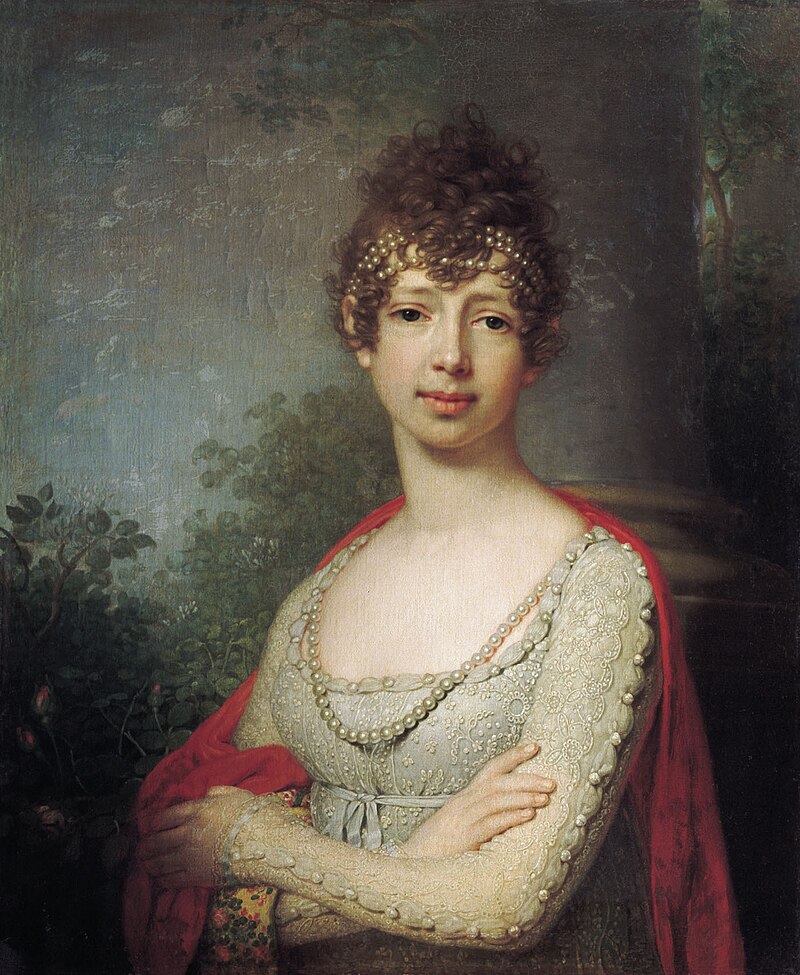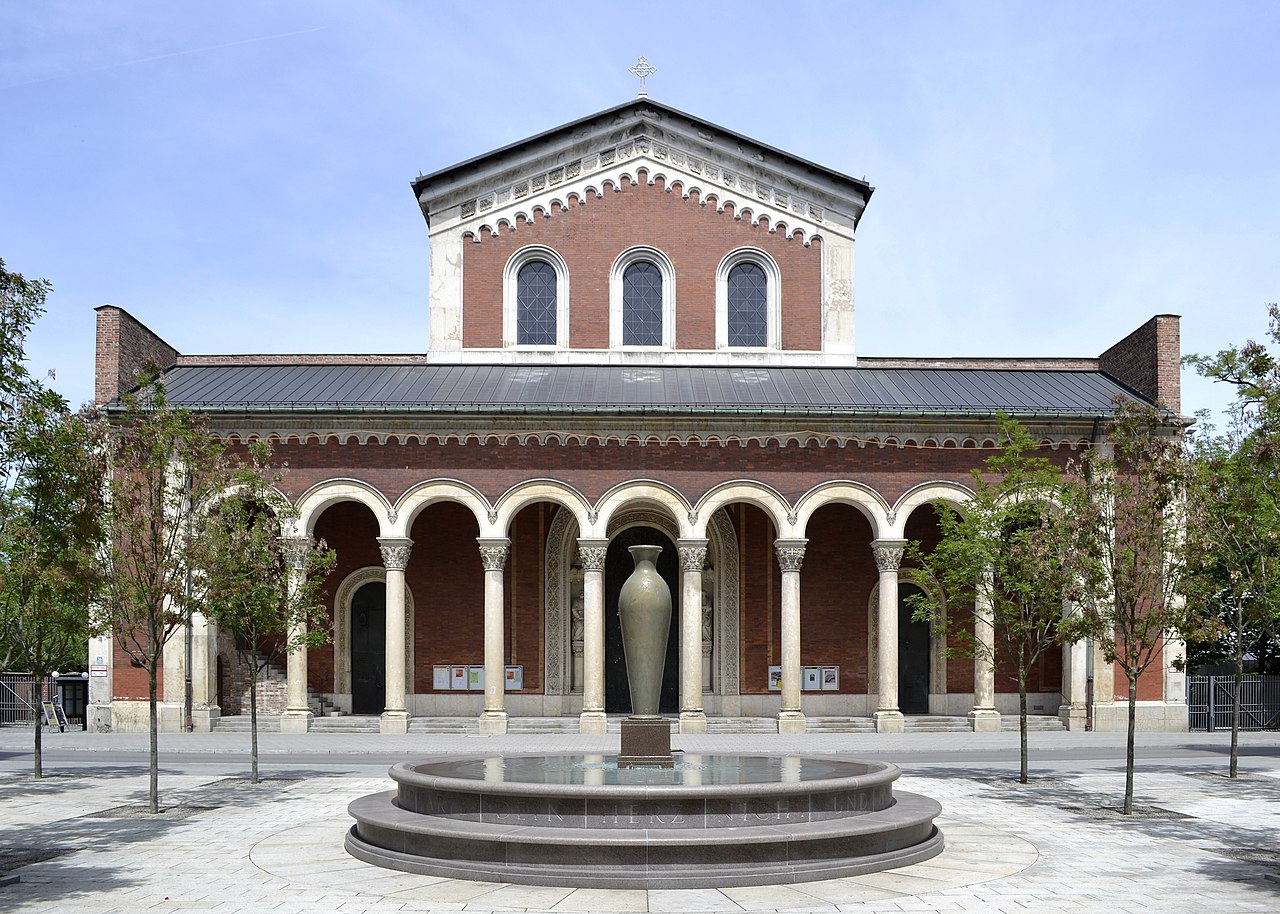© Unofficial Royalty 2025

Franz I, Emperor of Austria; Credit – Wikipedia
February 12, 1554 – Execution of Lady Jane Grey and her husband Lord Guildford Dudley at the Tower of London in London, England; buried at the Chapel of St. Peter ad Vincula, Tower of London in London, England
Jane was the great-granddaughter of King Henry VII of England through his younger surviving daughter Mary Tudor, Duchess of Suffolk, and was a first cousin once removed of King Edward VI of England. In May 1553, Jane married Lord Guildford Dudley, a younger son of Edward VI’s chief minister John Dudley, Duke of Northumberland. In June 1553, fifteen-year-old Edward VI of England, who was dying, probably of tuberculosis, composed a document naming Jane and her male heirs as his successors because his half-sister Mary was Catholic, while Jane was a committed Protestant and would support the reformed Church of England. Mary and Elizabeth were still considered legally illegitimate and Edward opposed the succession of his half-sisters for reasons of illegitimacy. The document removed his half-sisters Mary and Elizabeth from the succession. After Edward’s death, Jane was proclaimed Queen of England on July 10, 1553. However, support for Edward’s elder half-sister Mary grew quickly, and most of Jane’s supporters abandoned her. The Privy Council suddenly changed sides and proclaimed Mary Queen of England on July 19, 1553, deposing Jane. Jane’s father-in-law John Dudley, Duke of Northumberland, was accused of treason and executed less than a month later. Jane was convicted of high treason in November 1553 but Queen Mary I initially spared her life. However, Mary soon saw Jane as a threat when Jane’s father Henry Grey, 1st Duke of Suffolk, became involved with Wyatt’s Rebellion against Queen Mary’s intention to marry the future King Philip II of Spain. Both Jane and her husband Guildford Dudley were executed on February 12, 1554. Jane’s father was executed eleven days later.
Unofficial Royalty: Execution of Lady Jane Grey, Queen of England
Unofficial Royalty: Lady Jane Grey
Unofficial Royalty: Lord Guildford Dudley
February 12, 1627 – Death of Karl I, Prince of Liechtenstein at the Liechtenstein Palace in Prague, Kingdom of Bohemia, now in the Czech Republic; buried in the Old Crypt at Chuch of the Nativity of the Virgin Mary in Vranov, Moravia, now in the Czech Republic
Karl I was the first Prince of Liechtenstein and the founder of the Princely Family of Liechtenstein. In 1590, Karl married Baroness Anna Maria von Boskowitz and Černahora. They had four children including Karl I’s successor Karl Eusebius. In 1592, Karl became the treasurer of Archduke Matthias of Austria, a future Holy Roman Emperor. Karl and his younger brothers were raised in the Evangelical Lutheran faith but they converted to Catholicism in 1599. Karl’s younger brother Maximilian and his wife founded a Pauline monastery and built the Chuch of the Nativity of the Virgin Mary on the monastery grounds in the village of Vranov, then in Moravia, now in the Czech Republic. A crypt in the church served as the burial site for members of the House of Liechtenstein until the burial property was seized after World War II by the Communist government of Czechoslovakia. Since then, both Czechoslovakia and the current Czech Republic have refused to return the property to the Princely Family of Liechtenstein.
Unofficial Royalty: Karl I, Prince of Liechtenstein
February 12, 1689 – Death of Marie Louise of Orléans, first wife of King Carlos II of Spain, at the Royal Alcázar in Madrid, Spain; buried at the Monastery of San Lorenzo El Real in El Escorial, Spain
The daughter of Philippe I, Duke of Orléans and Henrietta of England, and the granddaughter of King Charles I of England and King Louis XIII of France, Marie Louise married Carlos II, King of Spain in 1679. Carlos II was from the House of Habsburg, which ruled over Austria, Spain, and their many territories, and was notorious for its inbreeding. Carlos suffered from physical and mental developmental disabilities. His very pronounced Habsburg jaw was so severe that he swallowed his food without thoroughly chewing. Marie Louise and Carlos’ childless marriage lasted ten years. After taking a ride on horseback, Marie Louise began to feel strong pain in her stomach. She died the next day, aged 26, on February 12, 1689, at the Royal Alcázar of Madrid in Spain. Although many reasons were considered as causes of Marie Louise’s death including poison, it is most likely that she died from appendicitis, a fatal infection until the mid-nineteenth century when the advent of anesthesia and new surgical techniques allowed for successful appendectomies.
Unofficial Royalty: Marie Louise of Orléans, Queen of Spain
February 12, 1712 – Death of Marie Adélaïde of Savoy, Duchess of Burgundy, wife of Louis, Duke of Burgundy, Le Petite Dauphin at the Palace of Versailles in Versailles, France; buried at the Basilica of St. Denis
Marie Adélaïde of Savoy was the wife of Louis, Duke of Burgundy, Le Petite Dauphin, and the mother of Louis XV, King of France. King Louis XIV outlived both his son Louis, Duke of Burgundy, Le Grand Dauphin and his grandson Louis, Duke of Burgundy, Le Petite Dauphin and was succeeded by his five-year-old great-grandson King Louis XV when he died in 1715. On February 12, 1712, at the Palace of Versailles, 26-year-old Marie Adélaïde died from measles. Her husband Louis dearly loved his wife and stayed by her side throughout her illness. He caught the disease and died six days after her death, on February 18, 1712, aged 29.
Unofficial Royalty: Marie Adélaïde of Savoy, Duchess of Burgundy
February 12, 1768 – Birth of Franz I, the last Holy Roman Emperor and the first Emperor of Austria, in Florence, Grand Duchy of Tuscany, now in Italy
Full name: Franz Joseph Karl
Franz was the son of Pietro Leopoldo I, Grand Duke of Tuscany (later Leopold II, Holy Roman Emperor) and Infanta Maria Luisa of Spain. Franz’s paternal grandparents were the formidable and powerful Empress Maria Theresa, who was in her own right Archduchess of Austria, Queen of Hungary, Queen of Croatia, and Queen of Bohemia, and Francis Stephen, Holy Roman Emperor, Grand Duke of Tuscany, and Duke of Lorraine. Even though her husband was the nominal Holy Roman Emperor, Maria Theresa wielded the real power. Franz married four times but only his second wife Maria Theresa of Naples and Sicily had children – a total of twelve children, before dying in childbirth. When his father in 1794, Franz became Franz II, Holy Roman Emperor. During the Napoleonic Wars of the early 19th-century, Holy Roman Emperor Franz II feared that Napoleon could take over the personal, hereditary Habsburg lands within the Holy Roman Empire, so in 1804 he proclaimed himself Emperor Franz I of Austria. As it turned out, Franz’s move was a wise one because the Holy Roman Empire was dissolved in 1806.
Unofficial Royalty: Emperor Franz I of Austria
February 12, 1771 – Death of King Adolf Fredrik of Sweden at Stockholm Palace in Stockholm, Sweden; buried at Riddarholmen Church in Stockholm, Sweden
The first Swedish king of the House of Holstein-Gottorp, Adolf Frederik was born Prince Adolf Friedrich of Holstein-Gottorp. In 1743, after the Russo-Swedish War ended in Sweden’s defeat, negotiations were held with Empress Elizabeth of Russia. She agreed to restore part of Finland to Sweden if her heir’s uncle Adolf Friedrich of Holstein-Gottorp was made heir to the childless King Frederik I of Sweden. Empress Elizabeth’s heir was Karl Peter Ulrich, Duke of Holstein-Gottorp (the ill-fated future Peter III, Emperor of All Russia), the only child of Elizabeth’s deceased sister. Thereafter, Adolf Friedrich was known by the Swedish version of his name, Adolf Frederik. In 1744, Adolf Frederik married Louisa Ulrika of Prussia and the couple had four children including two Kings of Sweden. Upon the death of King Frederik I of Sweden in 1751, Adolf Frederik succeeded to the Swedish throne. During his twenty-year reign, Adolf Fredrik had no real power. The Riksdag (Swedish Parliament) held the power. Adolf Fredrik tried to change this twice, unsuccessfully. At the age of 60, King Adolf Fredrik died on February 12, 1771, after eating an extremely large meal and then suffering a stroke. In Sweden, he is remembered as “the king who ate himself to death.”
Unofficial Royalty: King Adolf Fredrik of Sweden
February 12, 1929 – Death of Lillie Langtry, actress and mistress of the future King Edward VII of the United Kingdom while he was Prince of Wales, in Monaco; buried in her parents’ tomb at St. Saviour’s Church in Jersey, Channel Islands, a British Crown Dependency
Lillie Langtry was the mistress of the future King Edward VII (while he was Prince of Wales) from 1877-1880. A married socialite at the time, she later embarked on a career in the theatre, with the encouragement and support of the Prince. She also took several other lovers, including Prince Louis of Battenberg, the Prince of Wales’s future nephew-by-marriage, who possibly fathered her only child. Lillie remained in close contact with The Prince of Wales, and was a guest at his coronation, sitting alongside Sarah Bernhardt and Lady Randolph Churchill. She was also a guest at his funeral in 1910. Lillie, aged 75, died of pneumonia in Monaco in the early morning of February 12, 1929. Per her wishes, she was buried along with her parents at St. Saviour’s Church in Jersey.
Unofficial Royalty: Lillie Langtry, Actress and Mistress of King Edward VII of the United Kingdom
February 12, 1932 – Birth of Princess Astrid of Norway, daughter of King Olav V of Norway and sister of King Harald V of Norway, at Villa Solbakken in Oslo, Norway
Full name: Astrid Maud Ingeborg
After her father became King of Norway in 1957, Astrid served as Norway’s “First Lady”, accompanying her father on most of his official duties. King Olav had been a widower since 1954 when his wife Märtha of Sweden died. In 1961, Princess Astrid married Johan Martin Ferner. Because of her marriage to a commoner, she lost her style of Royal Highness (becoming just Highness) but remained a very active member of the Norwegian Royal Family. The couple had five children. In 2015, Johan Martin Ferner, Princess Astrid’s husband of nearly 53 years, passed away.
Unofficial Royalty: Princess Astrid of Norway
February 12, 1948 – Death of Caroline Lacroix, mistress of Leopold II, King of the Belgians, in Cambo, Pyrénées-Atlantiques, France; buried at Père Lachaise Cemetery in Paris, France
Caroline was the mistress of King Leopold II from 1900 until he died in 1909. She was just sixteen years old when their relationship began, while Leopold was nearly fifty years older. The couple had two sons. Caroline frequently accompanied Leopold II on his travels including accompanying him to London in 1901 for the funeral of his first cousin Queen Victoria. Sensing his impending death, on December 12, 1909, King Leopold II married Caroline in a religious ceremony However, no civil ceremony was held, a requirement under Belgian law, and the marriage was not deemed legal. Five days later, King Leopold II died with Caroline and their two sons by his side. Seven months after Leopold II’s death, Caroline married her former lover Antoine-Emmanuel Durrieux who helped her negotiate through the financial arrangements left for her by Leopold II. Durrieux adopted her two sons but the marriage soon ended. Caroline then lived a quiet life, often in the company of her elder son, and spending time at her various homes around Europe.
Unofficial Royalty: Caroline Lacroix, Mistress of Leopold II, King of the Belgians
This article is the intellectual property of Unofficial Royalty and is NOT TO BE COPIED, EDITED, OR POSTED IN ANY FORM ON ANOTHER WEBSITE under any circumstances. It is permissible to use a link that directs to Unofficial Royalty.



















